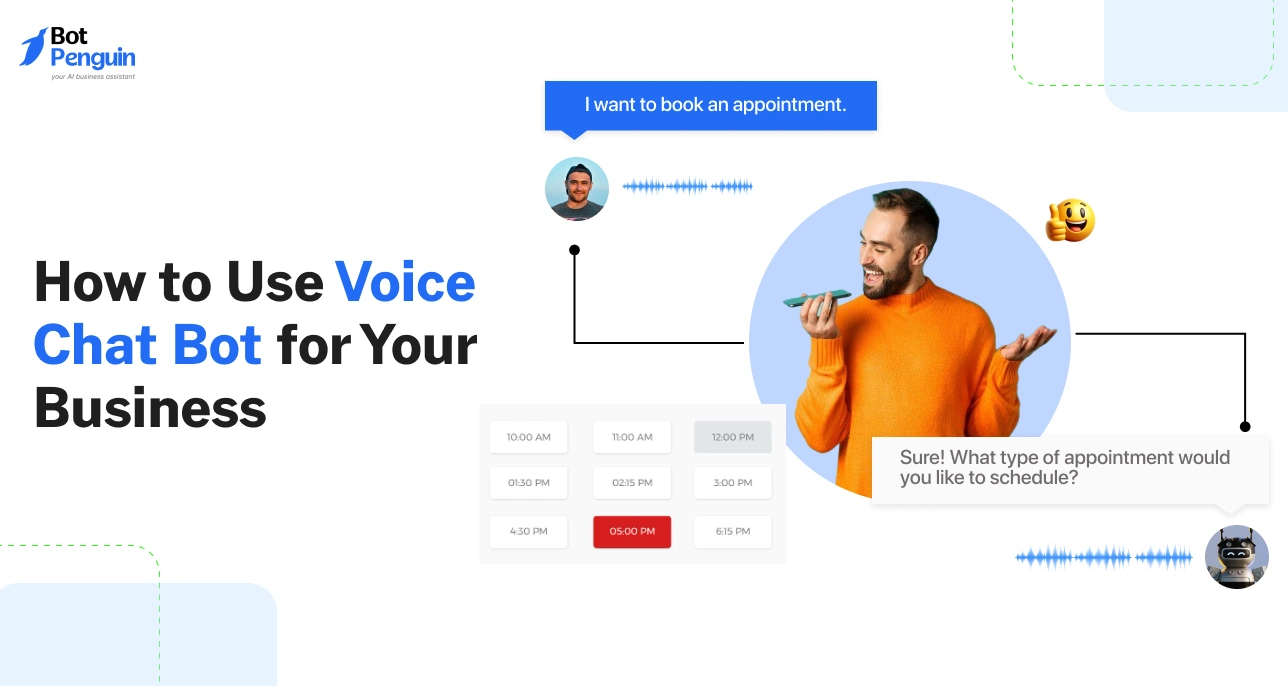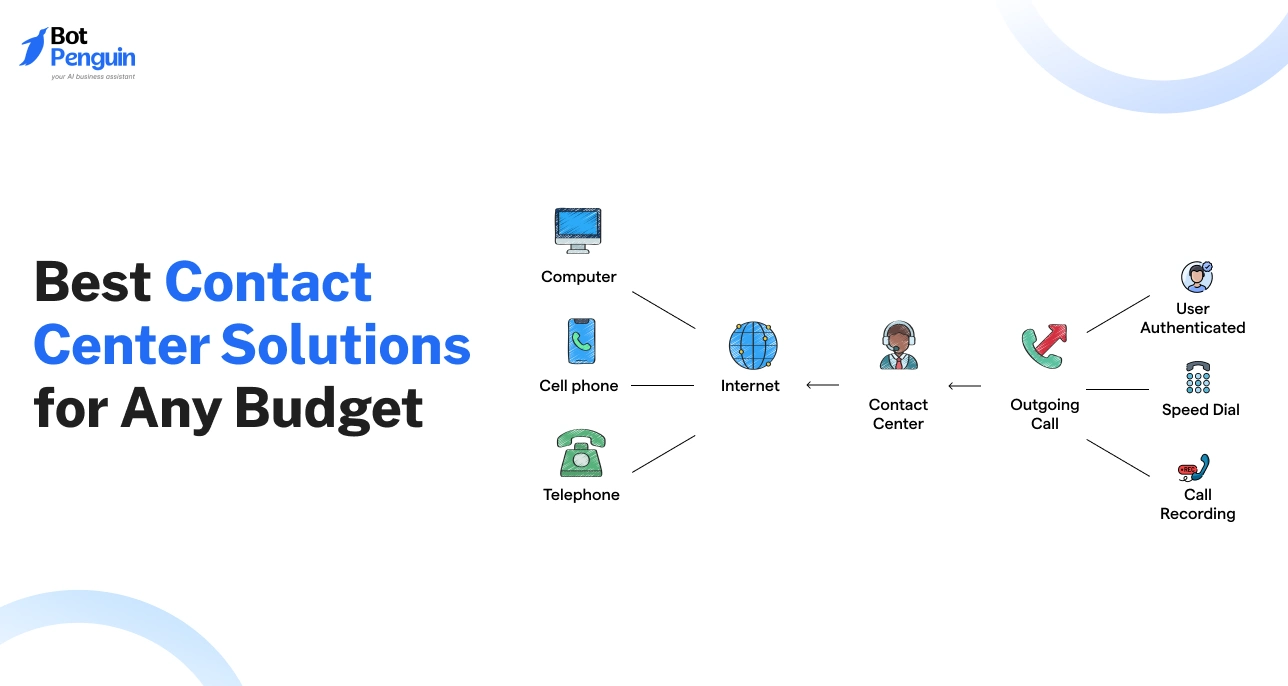Introduction
Mass customization is overrated. Surprised? You shouldn't be. While everyone raves about tailoring products to individual needs, personalization offers something even more profound.
Imagine your favorite brand knowing you so well that it anticipates your desires before you do. This isn't about tweaking settings; it's about creating an experience uniquely suited to you.
In this guide, we explore the subtle yet powerful differences between In the situations of personalization vs customization.
You'll discover why personalization might just be the future of consumer experiences, leaving mass customization in the dust. Let's dive in and see why.
Key Differences Between Personalization Vs. Customization
Understanding the distinctions in Personalization Vs Customization is crucial. While often used interchangeably, they differ significantly in approach and impact.
Personalization anticipates user needs, while customization allows users to modify products themselves.
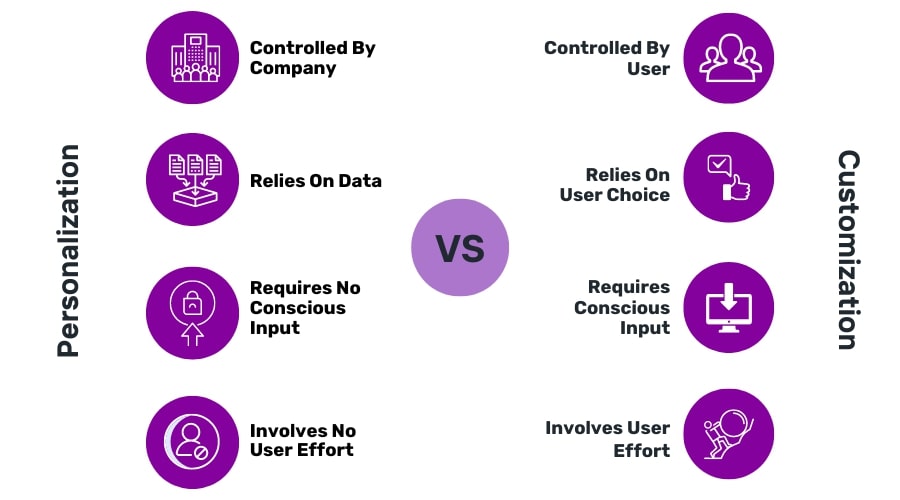
Definition and Scope
The first point of differences between Personalization Vs Customization is definition:
- Personalization: Automatically adjusts based on user data. Think of Netflix suggesting shows based on your viewing habits.
- Customization: User-initiated changes. Spotify lets users create playlists tailored to their tastes.
Implementation
The next point of differences between Personalization Vs Customization is implementation:
- Personalization: Uses algorithms and data analytics. Amazon recommends products by analyzing your purchase history.
- Customization: Relies on user input and preferences. Nike allows users to design their shoes, selecting colors and styles.
User Control and Involvement
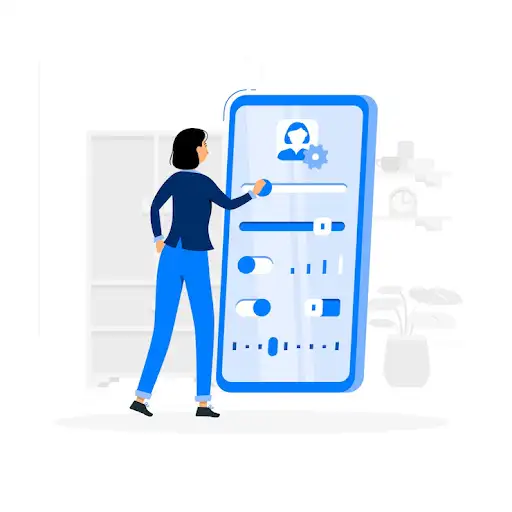
The differences between Personalization Vs Customization in terms of use control and involvement is:
- Personalization: Minimal user effort. Google personalizes search results, requiring no extra effort from the user.
- Customization: High user involvement. A website that allows users to choose their dashboard layout, such as project management tools like Trello.
Examples Illustrating the Differences
The examples of differences between Personalization Vs Customization are:
- Personalization: Facebook curates your news feed based on your interactions.
- Customization: A custom t-shirt website where you choose the design, color, and text.
When to Use Personalization
Understanding when to deploy Personalization vs. customization is crucial for optimizing user experience.
Each approach has distinct benefits and is suited to different contexts.
Here, we will explore the optimal scenarios, the industries that benefit, and the impact on user experience for both strategies.
Situations Where Personalization is Most Effective

In the situations of personalization vs customization where personalization seems more effective are:
- Frequent User Interactions: Platforms like Netflix use personalization to suggest shows based on viewing history, enhancing user engagement.
- E-commerce: Amazon recommends products based on past purchases, increasing the likelihood of additional sales.
Industries Benefiting from Personalization
The industries that benefits from personalization are:
- Retail: Personalized shopping experiences drive higher sales and customer loyalty.
- Media and Entertainment: Platforms that tailor content keep users engaged and coming back for more.
Impact on User Experience
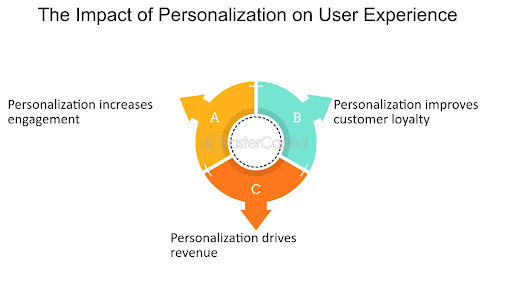
The impact of personalization on user experience are the following:
- Convenience: Users find what they need more quickly, enhancing satisfaction.
- Relevance: Personalized recommendations ensure content or products align with user preferences, improving the overall experience.
Suggested Reading:
Personalized Marketing: Types and FAQs
When to Use Customization
It is important to know when to use mass customization or just office customization tools.
Situations Where Customization is Most Effective
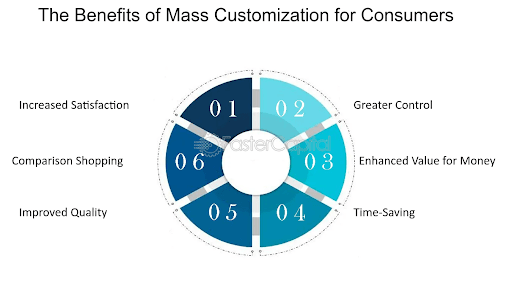
In the situations of personalization vs customization, where customization seems more effective are:
- Unique User Needs: Software like Adobe Photoshop allows users to customize their workspace, making it more efficient for individual workflows.
- Personal Product Design: Brands like Nike let customers design their shoes, providing a unique product tailored to their tastes.
Industries Benefiting from Customization
The industries benefiting from the mass customization are:
- Technology: Software and apps that offer customizable interfaces or features for the office customization tool.
- Fashion: Brands that let users personalize clothing and accessories to their liking.
Suggested Reading:
Personalized Interaction: Benefits and Strategies
Impact on User Experience
The impacts of customization on user experience are:
- Control: Users feel empowered by the ability to tailor their experiences.
- Satisfaction: Customized options cater to individual preferences, leading to higher user contentment.
Combining Personalization and Customization
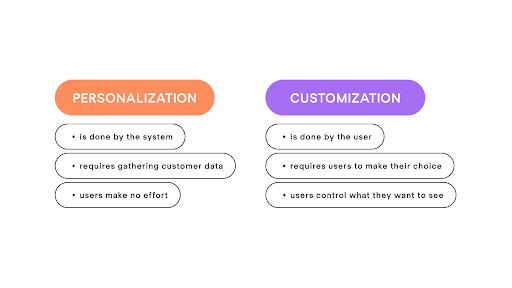
Instead of Personalization vs customization, you can combine the personalization and customization to have greater success.
Benefits of Integrating Both Strategies
The benefits of integrating personalization and customization are:
- Enhanced User Experience: Combining personalization and customization offers users tailored recommendations and the ability to adjust to their preferences.
- Increased Engagement: Users are more likely to interact with a platform that offers both personalized suggestions and customization options.
Real-World Examples of Successful Integration
The real-world examples of such successful integration are:
- Spotify: Provides personalized playlists while allowing users to create their own, blending both strategies seamlessly.
- Nike: Recommends products based on browsing history and allows customers to personalize their purchases.
Suggested Reading:
Personalized Support: What Customers want & what they don’t?
Best Practices for Combining the Two
The best practices for combining the two are:
- Balance Automation with User Control: Offer automated, personalized suggestions alongside easy-to-use customization options.
- Leverage Data Effectively: Use user data to inform both personalization and customization efforts, ensuring relevancy and enhancing user experience.
Frequently Asked Questions (FAQs)
Why is personalization important in digital experiences?
Personalization enhances user engagement and satisfaction by providing relevant content and recommendations based on individual preferences and behaviors.
How does customization benefit users?
Customization, like office customization tool, empowers users to control their experience, adjusting settings and features to meet their specific needs and preferences.
Can personalization and customization be used together?
Yes, combining personalization and customization offers a more comprehensive user experience, blending automated suggestions with user-controlled adjustments.
What are common examples of personalization?
Examples include personalized content recommendations, targeted advertising, and adaptive user interfaces that change based on user behavior.
How do companies implement customization features?
Companies provide office customization tool options through user settings, preferences menus, and configurable features within their products or services.

